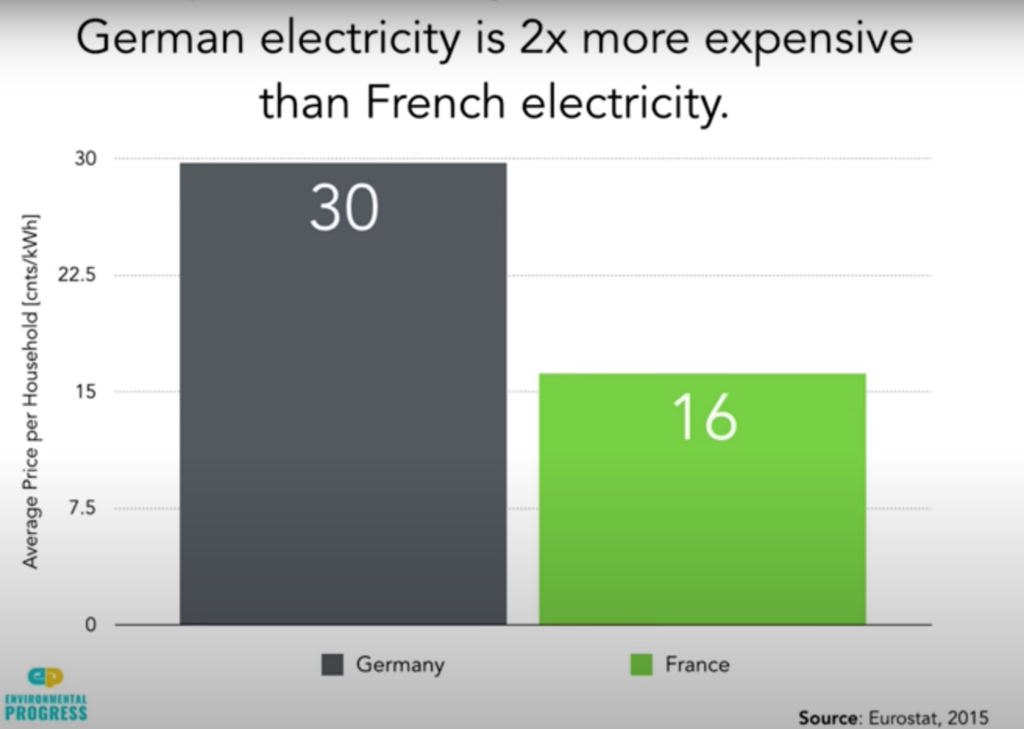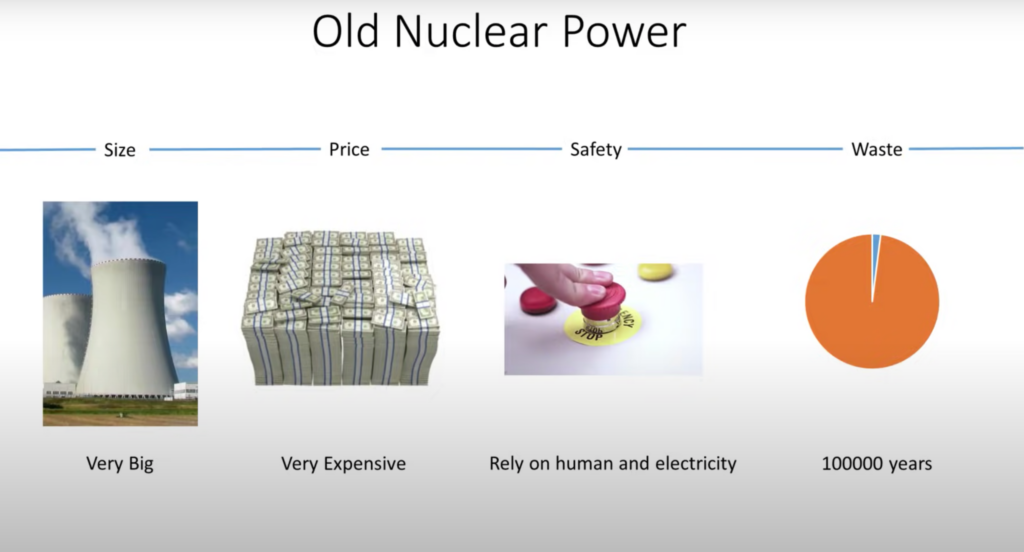Molten salt reactors powered by thorium could be the next big innovation in clean energy.
The biggest existential threat to humanity is climate change. To address this threat, the world must switch over to clean energy, but what power source can be cheap and efficient enough to address this problem? Thorium may be the solution. In his TEDx talk Dr. Rusty Towell said, “All the electricity I need for everything I use in my entire life span can be produced from three M&Ms worth of thorium.” Thorium contains a lot of energy, but is there enough thorium to power the world, and how financially feasible is it to adopt thorium as a primary source of energy? Thomas Pederson, co-founder of Copenhagen Atomics, said in his TEDx talk, “There is enough thorium on this planet to power all of humanity with … plenty of energy for more than a thousand years and … thorium costs next to nothing.” Thorium is cheap, plentiful, and powerful enough to energize the world. So why aren’t we using it?
Some suggest that existing renewable energy technologies, like geothermal, solar, wind, and hydroelectric, if scaled, could provide us with plenty of clean and cheap energy, but this is not true.

The graph above illustrates how these technologies add significantly more carbon to the atmosphere than nuclear energy. These technologies are also not cost-effective. The country of Germany, which energy expert Michael Shellbringer calls “the world’s leader in solar, wind, and other renewable technologies” has experienced increased energy prices while wind and solar prices decreased dramatically.

But how does thorium power compare? Thorium has yet to be used at a large enough scale for a comparison. The first graph in this article showed that nuclear energy produces less carbon than other renewable options, but what are the most cost-efficient technologies? When comparing energy outputs from Germany and France, Shellbringer says, France gets most of its energy — about seventy-five percent — from nuclear power.


The graphs above show that, although Germany is the leader in renewable energy sources, France generates twice the amount of electricity from clean energy sources, and France’s energy is half the cost. It’s clear that nuclear energy easily outperforms its renewable energy counterparts.
But why choose thorium over current nuclear power sources? Nuclear reactors that power the grid today are humongous, expensive, rely on humans and electricity for safety, and are inefficient. Also, the waste from these plants can remain radioactive for 100,000 years.


In comparison, thorium molten salt reactors are small, cheap, and can be built in an assembly line. They have no risk of meltdowns because they will shut down by themselves due to the fact that as temperature rises in the reactors less fission events take place which precludes the possibility of a run-away event. Thorium molten salt reactors are also one-hundred percent efficient, and can use a mixture of nuclear waste from old reactors and thorium as fuel, while reducing the by-products’ radioactivity lifespan to 300 years. This is why I believe that thorium is the future of clean energy.
Bibliography:
Pederson, Thomas. “Making safe nuclear power from thorium.” Youtube, uploaded by TEDx, 15 Nov. 2016, https://www.youtube.com/watch?v=tHO1ebNxhVI.
Shellenberger, Michael. “Why renewables can’t save the planet.” Youtube, uploaded by TEDx, 4 Jan. 2019, https://www.youtube.com/watch?v=N-yALPEpV4w.
Towell, Rusty. “Why making energy from dirt might save the world.” Youtube, uploaded by TEDx, 11 Mar. 2015, https://www.youtube.com/watch?v=jDqCpfVwdP4.
World Nuclear Association. “Thorium.” World Nuclear Association, November 2020, https://www.world-nuclear.org/information-library/current-and-future-generation/thorium.aspx.
Pham, Lisa. “Considering an Alternative Fuel for Nuclear Energy.” New York Times, 19 Oct. 2020, https://www.nytimes.com/2009/10/20/business/global/20renthorium.html.
Radkowsky, Elvin. “The Thorium in Nuclear Power’s Future.” New York Times. 15 May 1984, https://www.nytimes.com/1984/05/15/opinion/l-the-thorium-in-nuclear-power-s-future-191602.h tml
LeCroy, Garrett. “Safety Challenges of Molten Salt Reactors.” Stanford University. 18 Feb. 2021, http://large.stanford.edu/courses/2021/ph241/lecroy1/.


